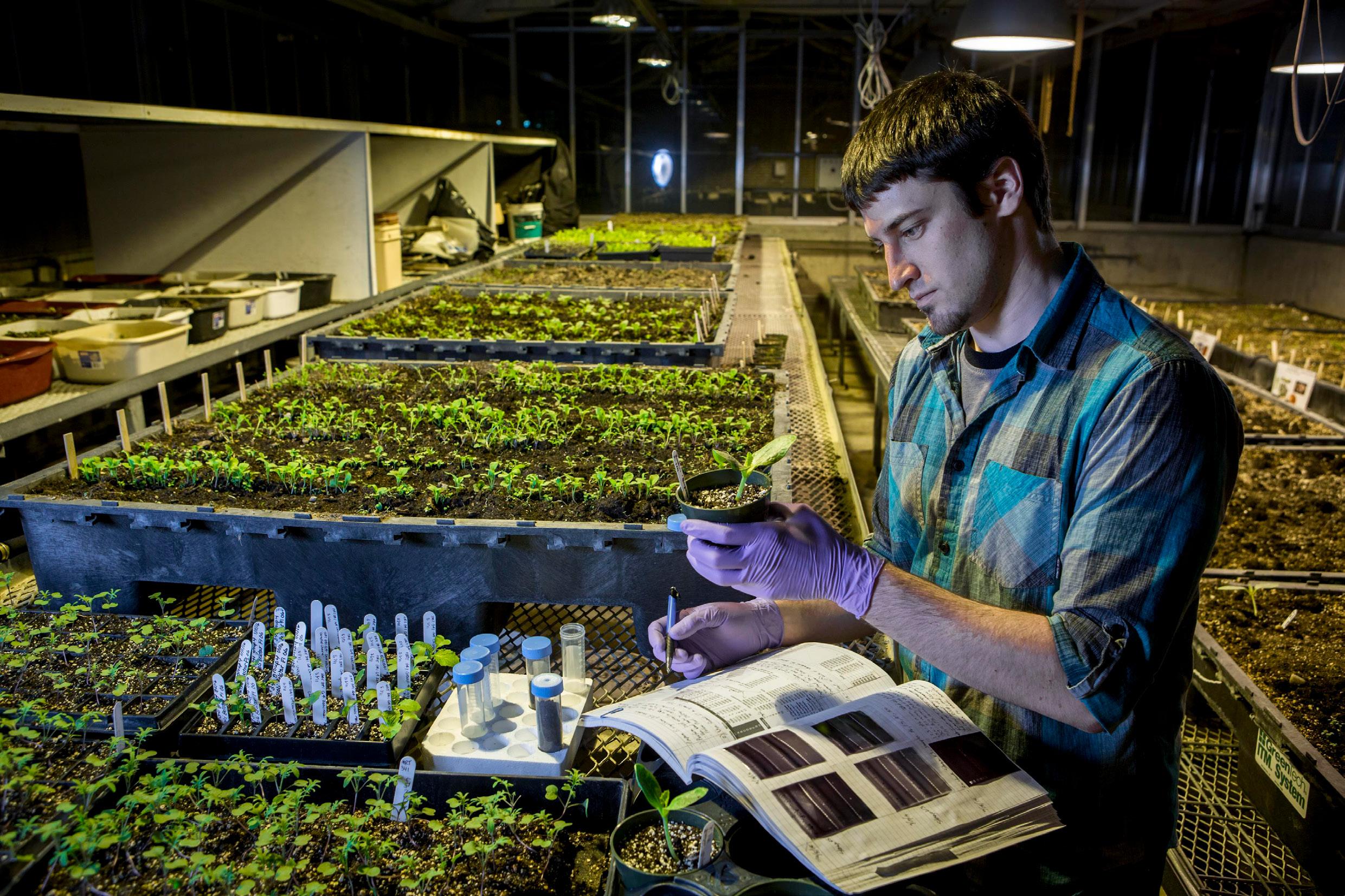
4 minute read
Women in Agricul
About a third of the nation’s farmers are women, according to the U.S. Department of Agriculture. And most of these women are working family farms, since 99 percent of all American farms are family-owned and operated. Just under 1 million women farmers contribute $12.9 billion to the nation’s economy and are responsible for farming more than 301 million acres.
More women are seeking careers in agriculture, and they’re breaking stereotypes about what their roles can be. Many women in the agriculture industry are farmers who grow crops and raise animals, while others are helping advance agriculture by fulfilling non-traditional roles:
Seed sales representative. Megan Moll grew up working on her family’s farm in central Michigan. Today, as a sales representative for Syngenta, she supports a network of independent seed advisers who sell the company’s corn hybrids and soybean varieties. She started with the company as an intern. “If you want to go after it, go after it,” Moll advises women who may be considering a career in agriculture. “Don’t let anything stop you.”
Grape growers and winemakers. In 1999, Brenda Wolgamott and her husband, Duane, entered the wine-growing business; and in 2002, they created their own label - Marin’s Vineyard - named for their daughter, Marin Wolgamott. At age 14, Marin began delving into the science of winemaking, learning how to test grapes for sugar and pH levels in a lab, so she could provide the service to neighbors who would otherwise have to send their grapes to far-off labs for testing. Today, she is the winemaker for the vineyard. Marin’s experience and career path demonstrate “there are different avenues to get in,” she says. “Whether you want to do chemistry or love to get your hands dirty in the cellar, everyone’s job in the winery is always appreciated.” TV host and photographer. Born and raised in rural Iowa, Marj Guyler-Alaniz graduated from Grand View University with a bachelor’s degree in graphic design, photography and journalism, and immediately went to work in agriculture for a crop insurance company. Inspired to draw attention to the roles of women in agriculture, she founded FarmHer, an online social community for women farmers. She now hosts the award-winning television show “FarmHer on RFD-TV.” “I think showing women who are successfully farming or ranching plants a seed in the younger generation,” Guyler-Alaniz says. “Younger girls who are interested in getting into agriculture or carrying on a family tradition can see for themselves that they can do it.”
Agrobacterium researcher. At a time when few women went to college, let alone pursued a higher degree in a scientific field, Mary-Dell Chilton, Ph.D., had the curiosity and drive to bring about major change. When one of her students turned in a paper suggesting bacteria that caused a common plant disease could actually transfer a portion of its DNA to the afflicted plant, Chilton thought his theory was wrong. In the spirit of the scientific method, she tested it and instead found her student’s theory to be true. Her research laid the groundwork for transforming how scientists conduct plant genetic research. Her work in plant biotechnology has significantly affected the global agriculture industry. “I give young people today the same advice I’ve given throughout my career,” Chilton says. “Pursue what you love and what fascinates you, and the rest will follow.”
To learn more about women in agriculture and farm news, visit SyngentaThrive.com.—
Growing Need for Ag Expertise: Not all High-paid Careers are on the Farm Caption 1: 2015 Syngenta Scholarship Graduate Winner Mitch Roth pursuing a Ph.D. in Genetics at Michigan State University.

As the farming industry faces growing consolidation in the U.S., one might get the impression fewer jobs are now available in agriculture.
In fact, just the opposite is true. Today, one in three people worldwide - more than a billion employees - work in an ag-related industry.
Industry growth and digital innovation combined with retirements are driving significant demand for college grads and other professionals, including those without experience in typical ag-related subjects, and many feature excellent salaries. The USDA and Purdue University predict 57,900 jobs requiring ag skills will become available each year between now and 2020 while only 35,000 grads in food, ag, renewable resources or environment studies will look to fill those jobs each year. Further, the average starting salary in the U.S. for those graduating with bachelor’s degrees in agriculture or natural resources was a healthy $54,364 as of winter 2017, a 12 percent increase from 2016.
“People are starting to discover (agriculture) is a pretty good industry to be in,” Iowa State College Career Services Director Mike Gaul recently told CNBC. “They realize this sector isn’t our traditional what-we-joke ‘cows, plows and sows’ industry anymore. It’s incredibly diverse.”
The expectation is that grads with expertise in food, agriculture, renewable natural resources and/or the environment will fill 61 percent of all ag-related openings, while employers must seek grads in other majors to fill the 39 percent gap. Notably, women already make up more than half of the higher-ed grads in food, agriculture, renewable natural resources and environmental studies.
High school grads considering degrees in agriculture might consider one of these highest-paying ag occupations:
1. C-suite executives: The CEOs, COOs and CFOs at ag startups or established corporations routinely earn $200,000-plus for overseeing company growth and profitability. A bachelor’s or master’s degree is generally needed in addition to a background in






